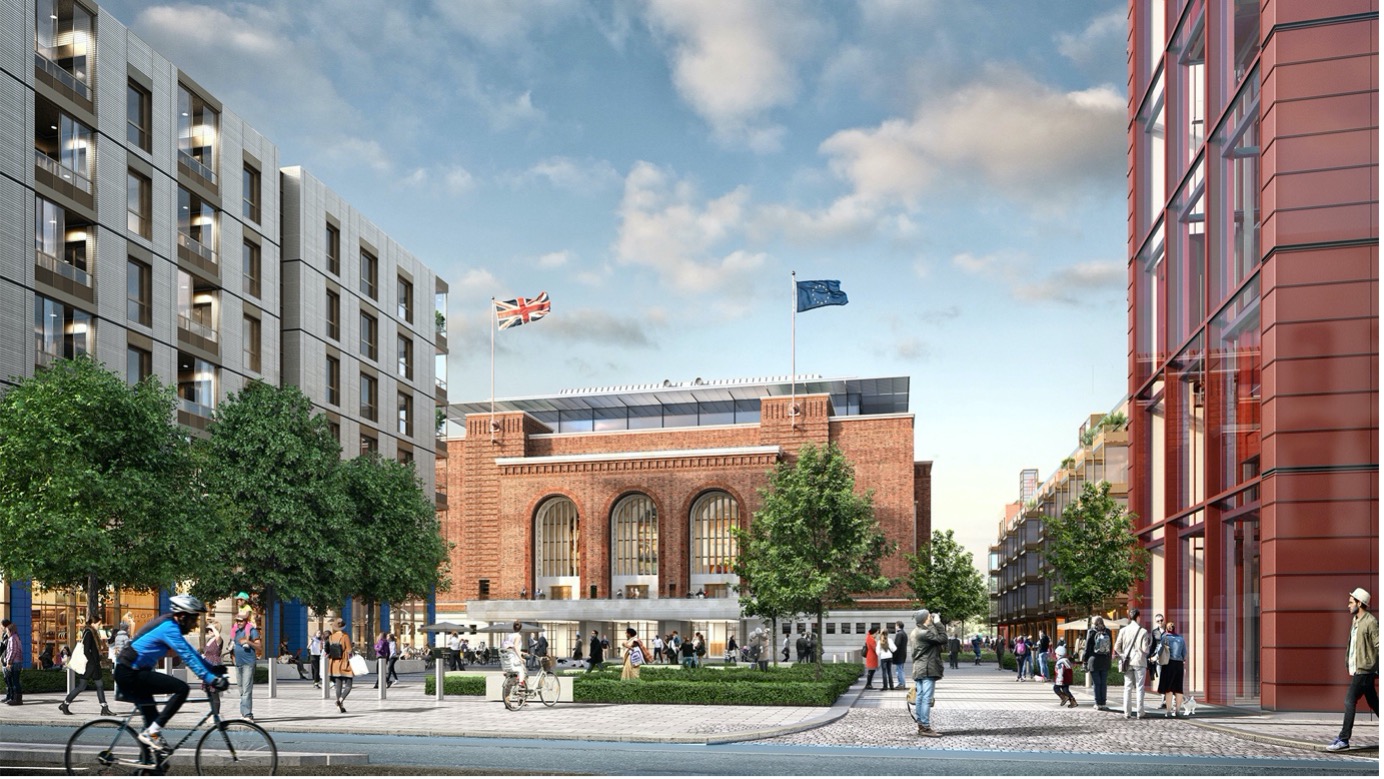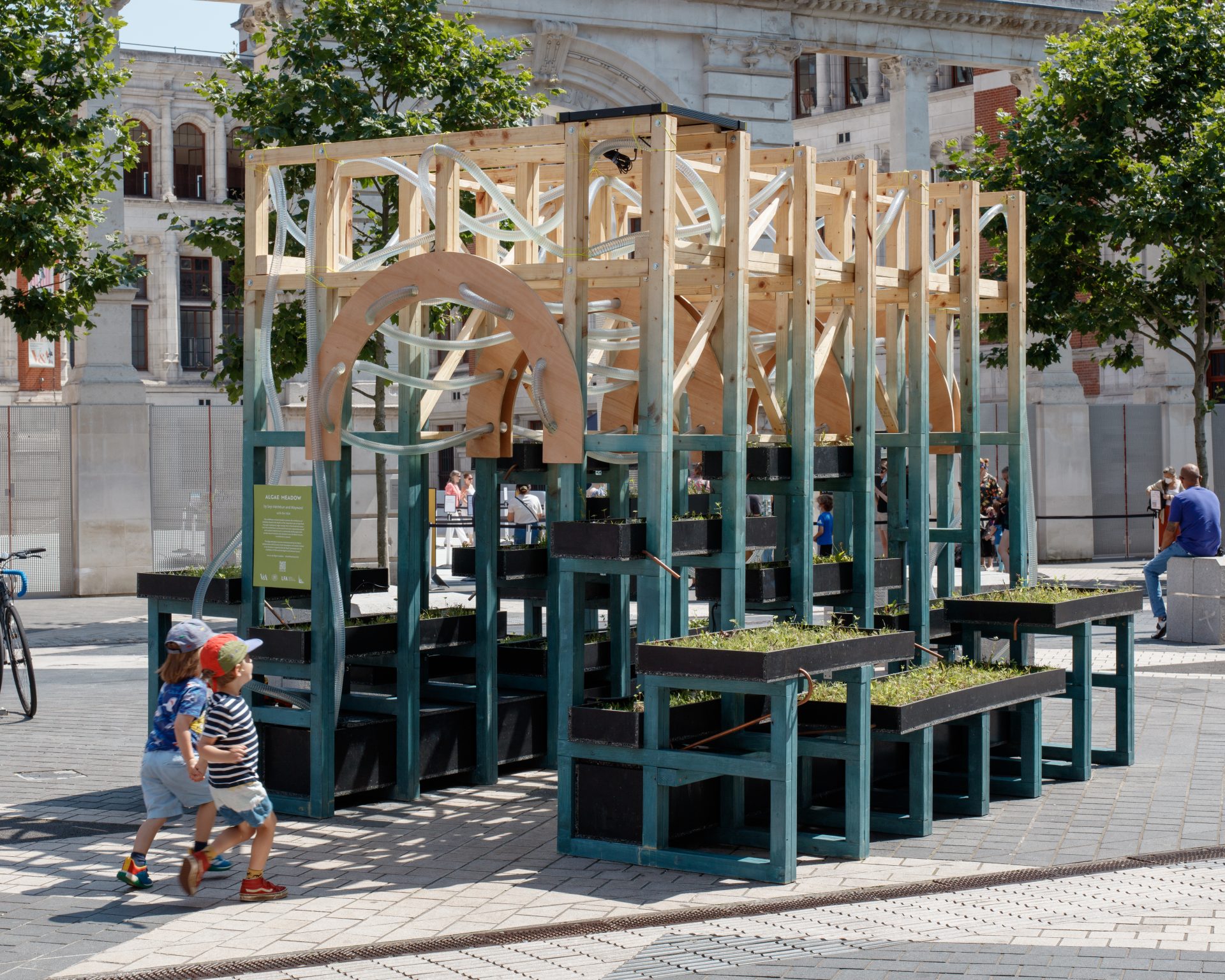How can memory operate as a design tool? This was the question that framed Tuesday’s talk at the Roca London Gallery, with award-winning architect Kengo Kuma and Stuart Wood, group leader and designer from Heatherwick Studio.
In his talk, Kengo Kuma discussed his childhood home in the suburbs of Yokohama and its impact upon his work. Built by his grandfather in 1932, Kengo’s house was a small timber-framed home that served as an escape from the asphalt metropolis of Tokyo. Although he disliked it for its small size and traditional style, Kengo recalled his sensory encounter with the building, from the smell of Tatami mats to the tactile qualities of its wood construction, experiences which were lacking in the newer dwellings of his neighbors.

Kengo’s childhood home was also where he encountered a small wooden pot by the German architect and designer Bruno Taut, who’s Hyuga Villa (1936) would go on to inspire his own practice. Taut’s building, recently included in The Japanese House exhibition at the Barbican, showed how architecture could foster an intimate relationship to nature, not only by creating physical continuity between outside and inside through large thresholds, but equally through its use of materials charged with personal and cultural meaning.

Stuart Wood chose to focus on five projects completed by Heatherwick Studios that also engaged, in different ways, with the concept of memory. The projects included the dandelion-like UK Pavilion at the Shanghai Expo of 2010 and the infamous Heatherwick Routemaster bus, a re-imagining of a world-renowned design icon. Amongst the projects was also the Learning Hub in Singapore (also known as ‘The Hive’), completed in 2015. As part of the project, Heatherwick studios commissioned the artist Sarah Fanelli to create a tactile hieroglyphic wall of symbols, insisting on the importance of touch in creating lasting memories of a building.
In the middle of his presentation, Kengo Kuma remarked that ‘the Japanese house has a special smell’. Whereas sight continues to dominate so many architectural projects, memory has an intimate connection with smell, taste, touch and sound. When these play such a powerful role in shaping our experience and sense of place, perhaps memory is the corrective we need in our image-saturated world.






